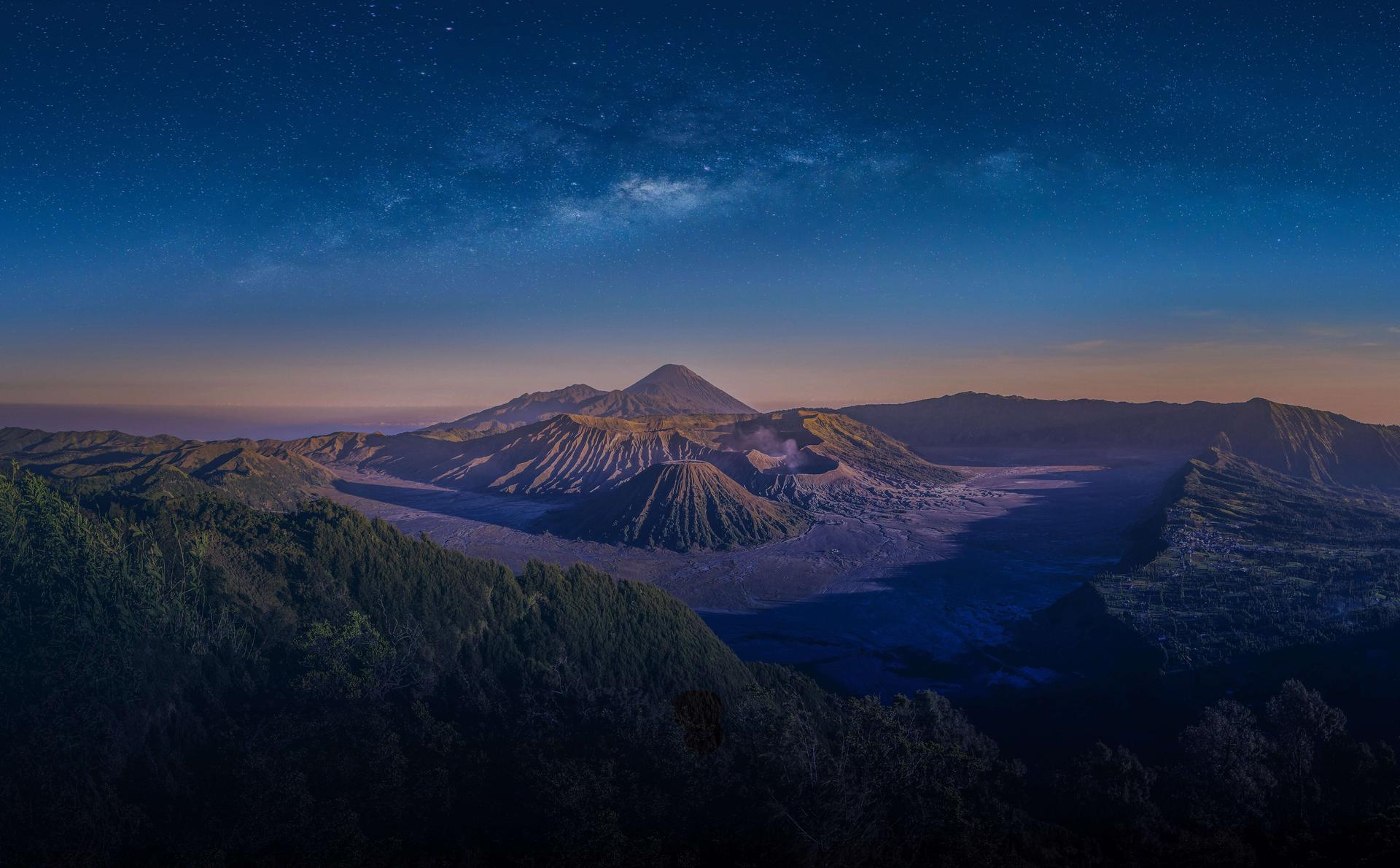From Tokyo to Mount Fuji: The Ultimate Travel Guide

From Tokyo to Mount Fuji: The Ultimate Travel Guide
Mount Fuji, Japan's iconic peak, is more than a majestic mountain. It's a cultural symbol, a sacred site, and a sought-after destination for travellers worldwide. Whether you’re an adventure seeker looking for a challenging hike, a culture buff eager to capture its beauty, or a curious tourist exploring Japan’s most famous landscapes, visiting Mount Fuji is a must. The good news? Moving from Tokyo to this iconic destination is straightforward and filled with exciting travel experiences. This guide will explore all the best ways to get there and ensure you make the most of your visit.
Flight From Singapore to Tokyo
Wed, 31 Dec 2025

China Eastern Airlines
Singapore (SIN) to Tokyo (HND)
Start from S$206.98
Sun, 18 Jan 2026

China Southern Airlines
Singapore (SIN) to Tokyo (HND)
Start from S$213.70
Tue, 13 Jan 2026

Air China
Singapore (SIN) to Tokyo (HND)
Start from S$229.67
The Allure of Mount Fuji
Mount Fuji, or Fuji-san, as it is lovingly known in Japan, is of great cultural and spiritual significance. At 3,776 metres, it is Japan’s highest peak and a UNESCO World Heritage Site. Its snow-capped summit is nand early symmetrical in cone shape and is a staple of Japanese art, photography, and postcards. The mountain has been a pilgrimage site for centuries, inspiring poets, artists, and visitors alike.
A trip to Mount Fuji isn't just about reaching its peak—it’s about experiencing its breathtaking vistas, exploring its surrounding attractions, and understanding its role in Japan’s cultural heritage.
Transportation Modes from Tokyo to Mount Fuji
When travelling from Tokyo to Mount Fuji, you have various transportation options, each offering its unique experience. From the speed of the Shinkansen to the scenic views offered by buses and cars, here’s a breakdown of your primary choices:
1. Shinkansen (Bullet Train)
The Shinkansen offers unparalleled speed and comfort, making it a popular choice for tourists. It allows passengers to cover considerable distances a fraction of the time while enjoying remarkable efficiency.
2. Highway Buses
Buses are an excellent alternative for budget-conscious travellers. They offer direct routes to key spots around Mount Fuji, allowing passengers to relax while enjoying the scenery.
3. Rental Cars
If flexibility is your priority, renting a car is a perfect option. You can explore lesser-visited areas around Mount Fuji and stop at attractions by vehicle.
Each transport mode has advantages, so choosing depends on your preferences, budget, and itinerary style.
A Guide to Taking the Shinkansen
The Shinkansen, Japan’s famous bullet train, is the fastest way to reach Mount Fuji from Tokyo while enjoying a uniquely Japanese travel experience. Here’s everything you need to know:
Routes and Stations
The most popular Shinkansen route takes you from Tokyo Station to Mishima Station. From Mishima, buses run to the Mount Fuji area. Alternatively, the train to Kawaguchiko Station offers superb views of the mountain.
Costs and Travel Time
A one-way ticket for the Shinkansen costs approximately SGD 70–$90. The ride takes just over an hour, making it convenient for travellers who want to save time.
Booking Tickets
Tickets can be pre-booked for your convenience. Traveloka lets you choose your seat and preferred timing, making your trip planning seamless.
The Experience
Riding the Shinkansen is a treat in itself. With comfortable seating, impeccable cleanliness, and futuristic speed, it’s an ideal way to kick off your Mount Fuji adventure. Look out of the windows on the right side of the train, and you might catch an extraordinary view of the mountain!
Alternatives and Scenic Journey Options
While the bullet train is unmatched in speed, other transportation options provide delightful experiences:
Highway Buses
Buses from Tokyo’s Shinjuku or Shibuya stations take travellers directly to Kawaguchiko, the gateway to Mount Fuji. Fares are budget-friendly, costing around SGD 25–$30 for a one-way trip. Though less speedy, buses often offer large windows for scenic views and drop-offs at tourist-friendly locations.
Rental Cars
Driving from Tokyo to Mount Fuji gives you unparalleled freedom to explore stops. Consider stopping at the Aokigahara Forest or the Fuji Five Lakes and renting a car for a day cost around SGD 60–$100, excluding fuel and tolls.
Both options work perfectly for those who like to enjoy the scenery or make spontaneous detours along the way.
Tips for Planning Your Trip to Mount Fuji
A well-planned trip allows you to immerse yourself in the Mount Fuji experience fully. Here are tips to make your adventure smooth and enjoyable:
Best Times to Visit
Where to Stay
You’ll find many accommodation options near Mount Fuji, from traditional ryokans to modern hotels. Kawaguchiko is a favourite spot for its proximity to the mountain and lake views. If you prefer luxury, consider staying at a resort spa offering onsen with Fuji views.
What to Pack
Make sure you bring the essentials:
Exploring Local Culture and Attractions Around Mount Fuji
While Mount Fuji’s summit is a highlight, exploring its surroundings brings just as much joy. Here are a few spots worth visiting:
Fuji Five Lakes (Fujigoko)
Located near the northern foothills, these lakes—the most famous of which is Kawaguchiko—offer splendid mountain views, outdoor activities, and hot springs.
Chureito Pagoda
Capture one of the most iconic views of Mount Fuji at this beautiful pagoda during cherry blossom season.
Oshino Hakkai
Oshino Hakkai is a serene village worth exploring. It is known for its crystal-clear ponds fed by Mount Fuji’s melted snow.
Fuji-Q Highland
For adrenaline junkies, this amusement park near Mount Fuji boasts world-class roller coasters and breathtaking views.
Local eateries and souvenir shops ensure you don’t leave without tasting regional specialities like Hoto noodles or delightful matcha treats.
Plan your Journey Today
Travelling from Tokyo to Mount Fuji is more than just a commute—it's an adventure filled with sights, culture, and memories waiting to happen. Whether you prefer the speed of the Shinkansen, the budget-friendly buses, or the flexibility of driving, each route offers something unique.
Start planning your perfect trip with Traveloka! Easily book flight tickets, reserve hotels, and discover the best activities—all in one place. Let Traveloka handle the details so you can focus on enjoying every moment of your adventure.
Now it’s your turn—have you travelled to Mount Fuji before? Share your tips and experiences in the comments below! Need more travel inspiration? Explore our handy guides and subscribe for the best travel tips!
Tags:
tokyo to mount fuji
Flights Featured in This Article
Recommended Articles

Visa Applications Made Simple with Traveloka & SPUN Service

Best Ski Resorts in Japan 2025

Skiing in Australia: Best Ski Resorts, Tips & Travel Guide 2025

Ultimate Guide to Celebrate NYE at Sentosa Countdown

Guide to Marina Bay Countdown 2026

Top Instagrammable Places in Singapore for NYE 2026





















 Facebook
Facebook Instagram
Instagram TikTok
TikTok Youtube
Youtube Telegram
Telegram
